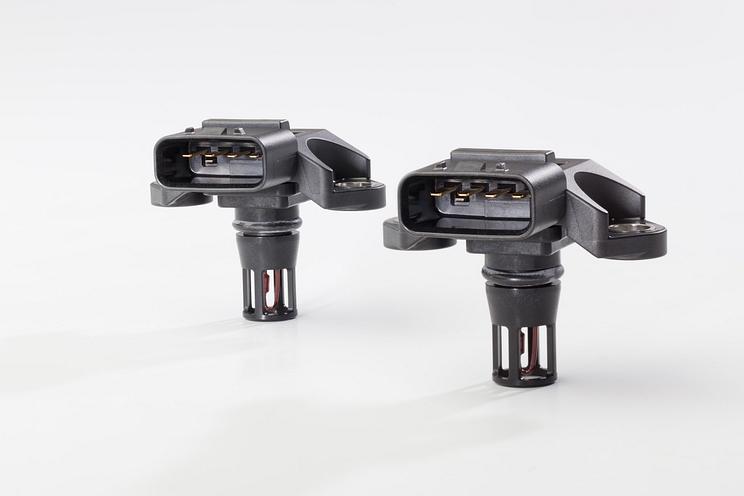To optimize the air-fuel mixture and enhance combustion and ignition performance, the intake air volume into the engine needs to be constantly monitored and adjusted. Manifold Absolute Pressure (MAP) sensors are essential to this process.
A compact semiconductor vacuum sensor, the MAP sensor takes advantage of the piezoeletric resistance effect, where electrical resistance changes when pressure is applied to silicone. This effect is used to measure the intake manifold pressure coming downstream from the throttle valve. The pressure measurement is then passed onto the engine ECU via electrical signals and is used to calculate the intake air volume. Once this is calculated, the ECU can then adjust engine performance to ensure optimal air-fuel ratio control.
Although this is the main function of MAP sensors, these parts are also used to measure the boost pressure coming upstream from the throttle valve and the turbo manifold pressure to optimize engine performance in severe turbocharging or supercharging environments.

























































